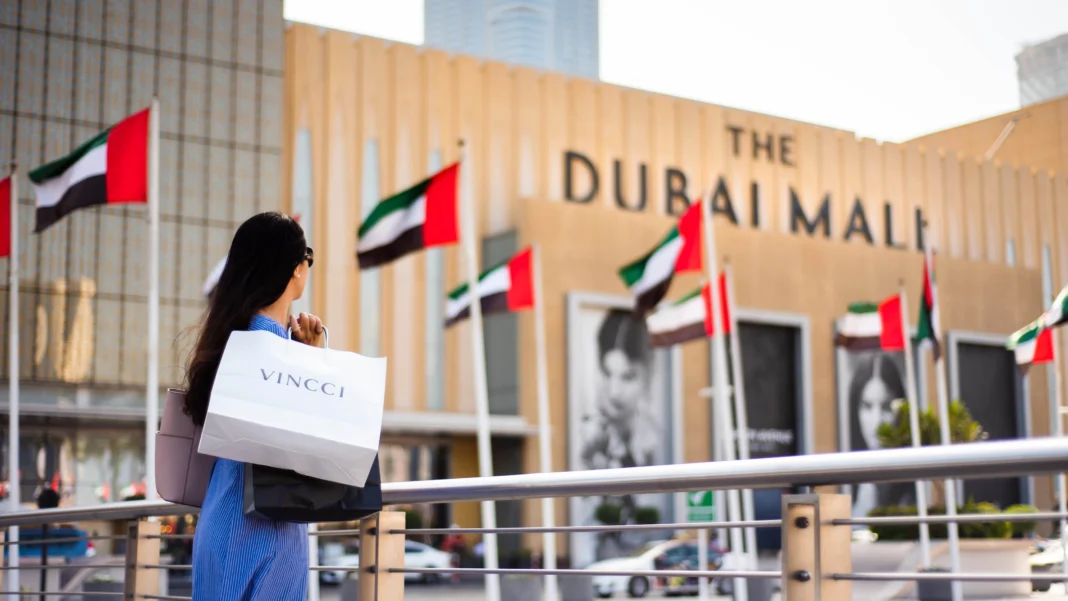Retailers across the UAE are preparing for major disruptions in 2025. Due to U.S. tariffs on Chinese goods, supply chains are quickly changing. As a result, UAE mall pressure is increasing, especially in non-prime locations.
Notably, retail experts say that Chinese exporters are now looking for alternative markets. Since the U.S. has tightened trade conditions, the Middle East has become more attractive. Therefore, more Chinese products are likely to enter the UAE retail sector.
This shift might benefit some malls. However, UAE mall pressure remains high in older or less popular areas. These malls often lack strong foot traffic and modern payment systems. Thus, they may struggle to handle an influx of lower-cost products.
At the same time, consumer behavior is changing rapidly. Many shoppers now prefer digital payments, fast delivery, and mobile-first shopping options. So, retailers in non-prime malls must adapt or lose customers.
Moreover, the arrival of cheaper Chinese goods will lead to pricing competition. Smaller retailers may find it hard to match those prices. Therefore, UAE mall pressure could grow even further if footfall drops.
Larger malls in prime areas may perform better. They already attract strong brands and have digital infrastructure in place. Even so, they must continue to evolve to stay ahead of shifting demand.
The government also plays a role in guiding retail trends. With a focus on digital transformation, officials support e-commerce and smart retail initiatives. Consequently, physical malls must improve their services to stay competitive.
For example, UAE mall pressure can enhance experiences by hosting local events, pop-up shops, and exclusive deals. These efforts attract customers who still value in-person shopping. Also, offering flexible payment options increases customer satisfaction.
Meanwhile, logistics companies are watching these shifts closely. They expect increased demand for warehousing and fast delivery within urban areas. As imports grow, logistics partners must streamline supply routes across the UAE.
Furthermore, analysts believe some mall owners might repurpose space. By converting retail sections into entertainment zones or co-working areas, malls can diversify revenue streams. This strategy may reduce the impact of reduced retail demand.
Overall, UAE mall pressure 2025 could reshape UAE retail in major ways. Non-prime malls face the biggest hurdles. However, those that invest in digital tools, creative promotions, and supply chain agility may survive and thrive.





